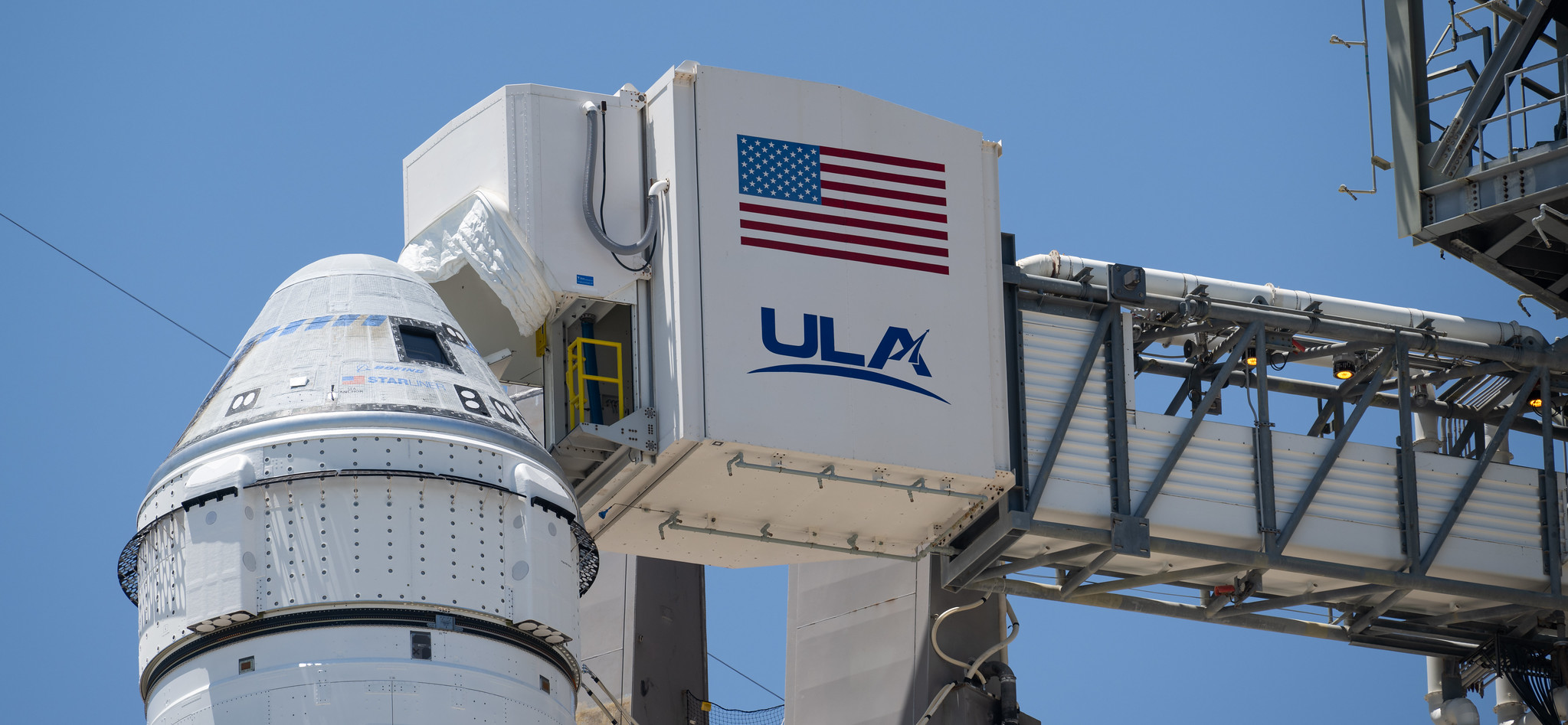Countdown to the first crewed flight of Boeing’s Starliner

The first Starliner flight with two astronauts on board is scheduled for May 7th at 4.34 am Italian time. Boeing's space shuttle is preparing to become NASA's next vehicle to transport humans into orbit together with SpaceX's Crew Dragon.
Everything is ready for the first crewed flight of Boeing's Starliner.
United Launch Alliance's Atlas V rocket is scheduled to launch from Space Launch Complex-41 at Cape Canaveral Space Force Station in Florida at 4:34 a.m. ET on May 7 (10:34 p.m. local time today). The shuttle will carry two NASA astronauts, veterans Barry "Butch" Wilmore and Sunita "Suni" Williams, to the International Space Station, who will arrive at their destination at 6.46pm Italian time on May 8th.
It's been tough getting to this point for Boeing's vehicle, which has suffered from a series of unfortunate delays over the years, the latest of which had to do with two major safety risks discovered on the spacecraft, he recalled recently Gizmodo .
The upcoming flight marks Boeing's first crewed trip to the ISS. It is also the first Starliner launch since an uncrewed test flight of the vehicle suffered an anomaly in May 2022 , when a thruster used for orbital maneuvers unexpectedly failed. During the inaugural uncrewed test of the Starliner in 2019, the spacecraft failed to dock with the ISS, leading to further testing and troubleshooting.
So the next mission will be the last milestone before the vehicle is cleared for regular flights to the ISS, SpaceNews points out. If Boeing's Crew Flight Test goes well, the Starliner will be able to alternate with SpaceX's Crew Dragon – which has already carried out several missions – for the transport of astronauts to the ISS as an alternative to the Russian Soyuz.
All the details.
THE FIRST STARLINER CREWED FLIGHT KICKS OFF
Boeing's CST-100 Starliner will transport veteran NASA astronauts Sunita Williams and Barry "Butch" Wilmore to the International Space Station (ISS). Both spent a combined 500 days in space during two missions each on the space station.
Wilmore is the designated commander for the flight. Although Starliner is designed to fly autonomously, the crew can take control of the spacecraft if necessary, and the test flight requires Wilmore and Williams to practice manually maneuvering the vehicle.
The two will spend a week aboard the ISS to test the Starliner and its subsystems before NASA certifies the transportation system for rotational missions at the orbiting laboratory for the agency's Commercial Crew Program. Depending on the outcome, the space shuttle will be booked to fly at least six more crewed missions to the space station for NASA, Reuters indicates.
THE PROBLEMS SOLVED
So mission success is vital before the Starliner gets final approval to begin routine operational flights under NASA's Commercial Crew Program.
In recent years Boeing has in fact worked on some issues to resolve and development problems have cost the American giant more than 1.5 billion dollars. The first safety concern was the load capacity of the Starliner's three parachutes, designed to safely land the crew vehicle. The breaking load limit of the fabric sections on the parachutes was found to be lower than expected, meaning that if one parachute failed, the remaining two would not be able to slow the Starliner vehicle on its way to landing in the New Mexico. The second concern involved hundreds of meters of protective tape used to cover electrical wiring inside the Starliner vehicle, which was found to be flammable.
COMPETITION WITH SPACEX
Boeing's capsule aims to compete with Elon Musk's SpaceX Dragon shuttles to transport NASA astronauts. “When Starliner completes its next flight, Boeing will have met NASA's goal of having two commercial vehicles to transport astronauts,” Boeing said in a statement. Since resuming crewed flights to orbit from American soil in 2020, nine years after the space shuttle program ended, the US space agency has had to rely solely on Falcon 9 rockets and Crew Dragon capsules from private company SpaceX of billionaire Elon Musk.
Until that moment, in fact, NASA depended on the Russian Soyuz missile. The US space agency spent more than 80 million dollars to fly one of its astronauts to the ISS. With Crew Dragon and Starliner, NASA freed itself from Russia's space flight capabilities.
This is a machine translation from Italian language of a post published on Start Magazine at the URL https://www.startmag.it/innovazione/conto-alla-rovescia-per-il-primo-volo-con-equipaggio-della-starliner-di-boeing/ on Mon, 06 May 2024 14:36:57 +0000.
